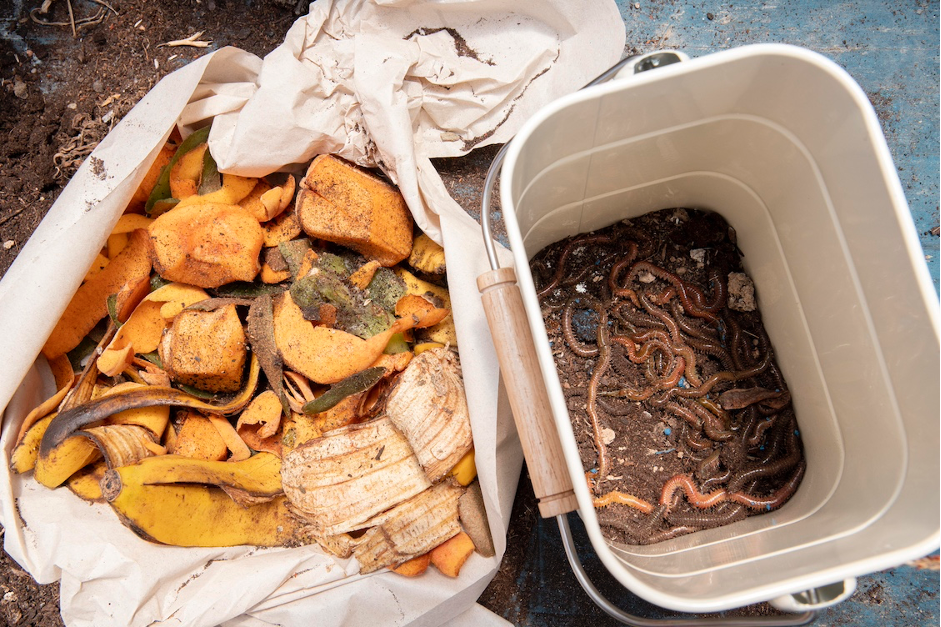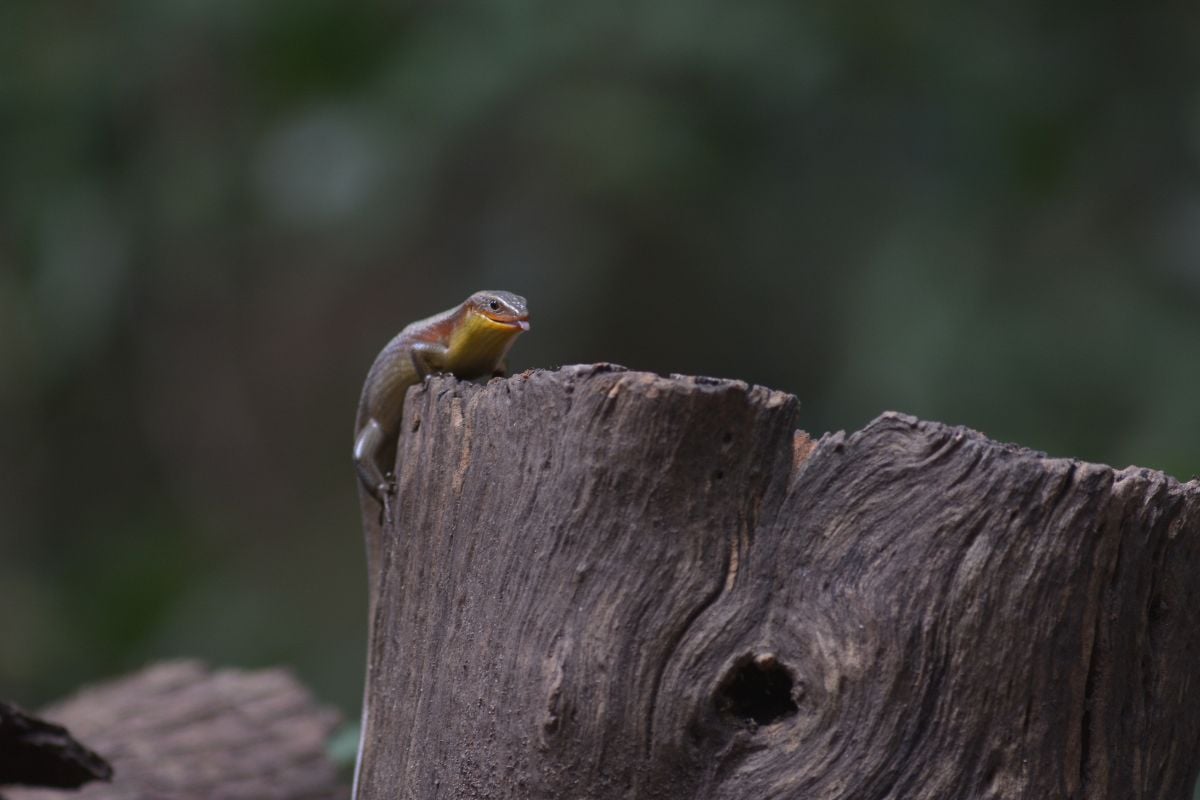 Not to be silly, but have you ever thought of poop as priceless? Welcome to the wonderful world of vermicomposting. Meet Mr. Red Wiggler – the best natural composter we know. He works tirelessly scouring for organic matter to eat and digest, which results in nutrient-rich castings that are very beneficial to plants. These castings are referred to as “black gold” by Uncle Jim. It’s the very best form of fertilizer or compost known to plants!
Not to be silly, but have you ever thought of poop as priceless? Welcome to the wonderful world of vermicomposting. Meet Mr. Red Wiggler – the best natural composter we know. He works tirelessly scouring for organic matter to eat and digest, which results in nutrient-rich castings that are very beneficial to plants. These castings are referred to as “black gold” by Uncle Jim. It’s the very best form of fertilizer or compost known to plants!
Getting Started
- Shallow box or container – your box system doesn’t need to be deep because worms like to feed in the uppermost layers of bedding. You can build your own container/box with wood pallets or you can order one specifically designed for red worm composting.
- Bedding – the material used for bedding is important because it has to be able to retain moisture. Worms require moisture so that they can breathe. Suitable materials include cardboard, shredded newspaper, fallen leaves, manure, or peat moss. Soaking new bedding overnight in water brings good results. Just remember the saying, “if it’s dry, they will die.” Worms also need a little bit of soil in their bedding so that they can use it to break down food in their gizzard.
- Red Worms (Eisenia Foetida) – These worms are known by many names; “Red Wigglers,” “Dungworms,” and “Manure Worms,” to name just a few. No other worm is as good at composting as the famous red worm. Don’t bother using night crawlers or garden worms. Determining how many red worms to start off with is easy. What is the average amount of daily food waste at your household? Red worms typically eat about half of their weight in food each day.
- Food – having a home vermiculture system is not only good for enriching crops, it is good for the environment. Your kitchen waste (any fruits or veggies, coffee grounds, tea bags, egg shells and more) can be fed to red worms, and they love it! In return, you get nutrient-rich “black gold” or worm castings that your garden or indoor plants will love.









3 thoughts on “Red Worms For Composting”
Can you put ceder chips in your composting Ben I,m asking cause I don’t know and what can you use if you don’t have straw and saw dust
I forgot to put the code GIFT in for my order. is there a way to add it?
Please provide me the details as to what kind of good worms to culture where to buy the seed or worms 1. How mich
2 i where can I sell mybproducts
3, how much per kilo grams
4. How to deliver products
5, any branches in Virginia
6 other details to improve production etc
Thank you
Costodio